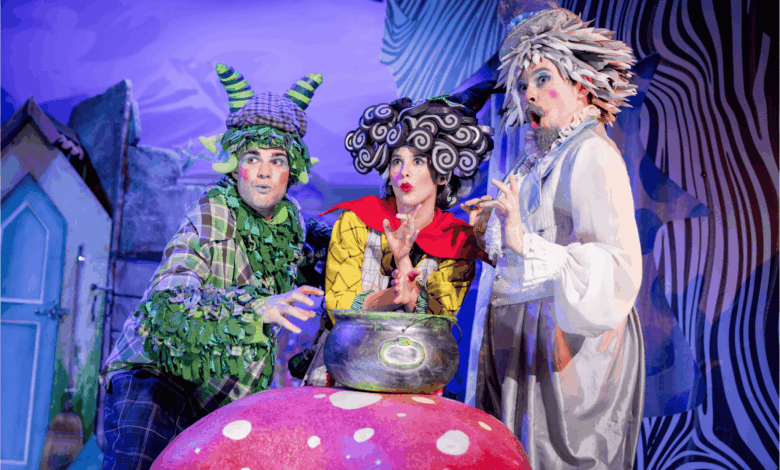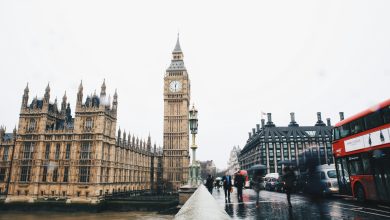
Concerns around AI in the creative industries become part of a deeper conversation around how we value the arts and artists in our society. The arts industry is already underfunded and underappreciated as a mainstream social activity that enhances societal wellbeing. A report last year revealed that Britain’s cultural sector is in a critical condition, with levels of investment and development far lower than in many other European countries.
The idea that AI uses creatives’ work to train models that ultimately replace them is therefore a dystopian one. This is why it is essential that the conversation is conducted practically by leaders who have first-hand understanding of what being creative means.
As CEO and Creative Director of artsdepot, North London’s go-to cultural hub providing two decades of arts programming to the local community, this approach changes the conversation from fear-based uncertainty to one of practical consideration and application. It provides information to fill a void that is otherwise saturated with concerns around the very essence of creative work being automated, to a tangible discussion emerging from a place of insight and control.
AI as a technical part of the creative process; not a replacement
Mapping out aspects of the creative process is the first step in breaking down how AI could potentially improve or support artists, but it must be done with the intention of not utilising AI to simultaneously pull the rug from underneath them.
An important distinction must be made here: there is a difference between AI as a positive tool for an artist and the follow-on issue of whether those choices are then used train models used by non-creatives to undermine the creative process of art entirely.
Adapting to change
Technology has been a tool in the arts not just in its development but in creating platforms to share it. We have been the go-to cultural hub of North London for over 20 years and when we launched in 2004, so did YouTube and Facebook.
Streaming platforms and social media, like TikTok, have helped share creative work with wider audiences. Big budgets have been allocated to TV and film, particularly through Netflix, which has created numerous jobs in the UK through production studios and filming locations. Art has always embraced multimedia, and digital processes can remove barriers to entry – for example, AI-supported tools that allow disabled artists to draw simply by using their eye movement.
Live-streamed productions allow audiences to engage with theatre from anywhere in the world. Projections, motion capture and interactive digital sets have played a role in transforming storytelling on stage, blending physical and digital performance.
Why opt in as an individual or organisation?
Much of the current discussion around AI and creativity comes at the end of a Government consultation where Unions and those across the creative industries have given their views on the current ‘opt out’ position. We are yet to hear the outcomes of this consultation and what it means for creatives, but being practical and ready to adapt is vital, as AI is here to stay.
We’ve recently had a team away day specifically on protecting creatives and are preparing and editing our AI policy amidst daily changes and challenges to the wider tech and policy landscape.
Whether the process of adopting AI becomes a case of ‘opting in’ or ‘opting out’, the question remains: Why should a creative use AI, and how do we equip creatives to make these choices while protecting their work?
In theatre and live events, digital advancements have expanded accessibility, and AI is part of this. AI-powered captioning, audio description, and even real-time translation tools make performances more inclusive. One of our artists in residence recently utilised AI translation to produce work in Persian, centred around the first-generation immigrant experience.
What I really want to emphasise is that the intention behind AI usage should be to enhance and inform great creative work rooted in the human experience. This includes even exploring the definition of art as human expression. Whether it’s cave paintings by our Neolithic ancestors or the transition from silent movies to ‘talkies’ in artistic history, these moments are still relevant today and continue to generate connection with audiences. We must protect the human connection to art and the artistic process to preserve its essence that has always defined us throughout the ages.




